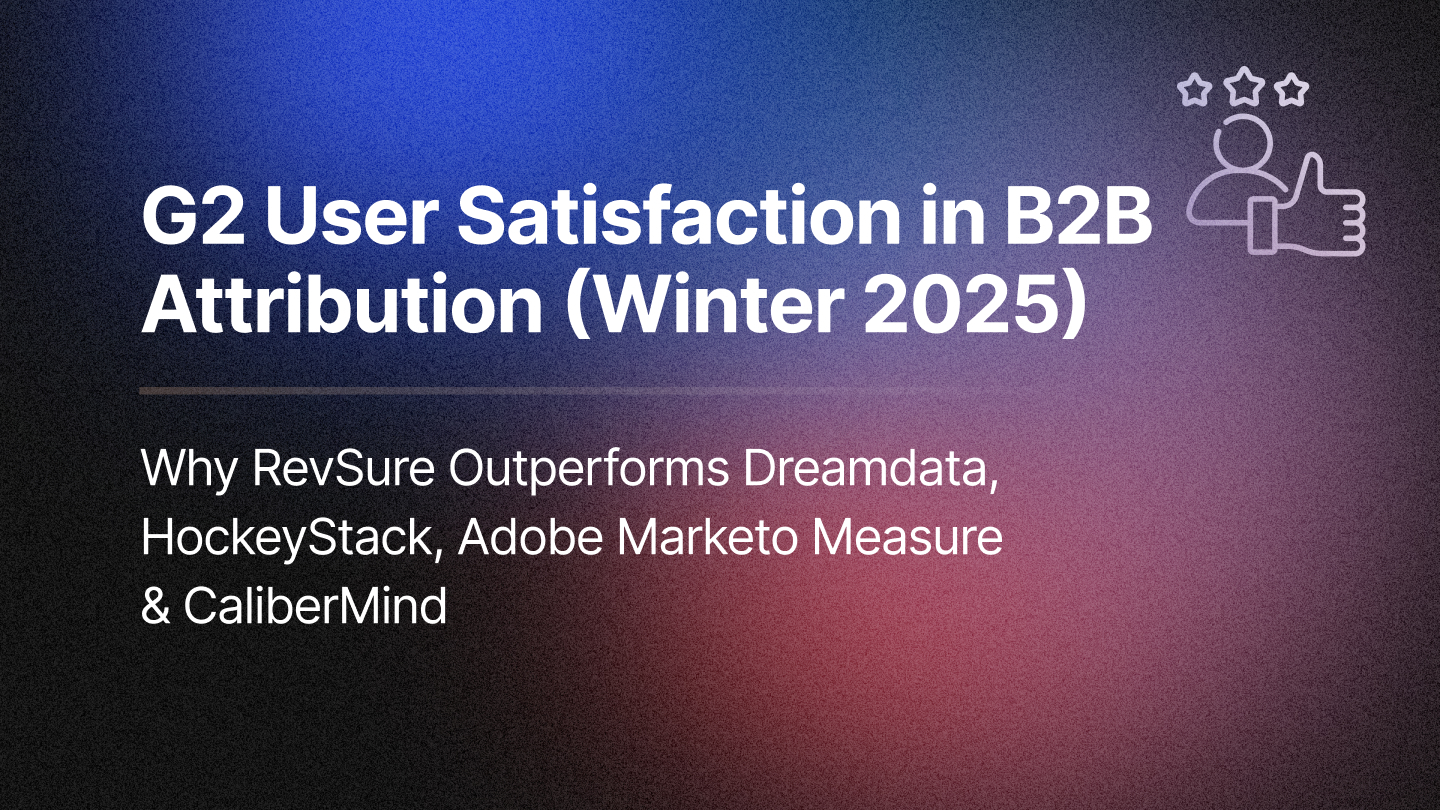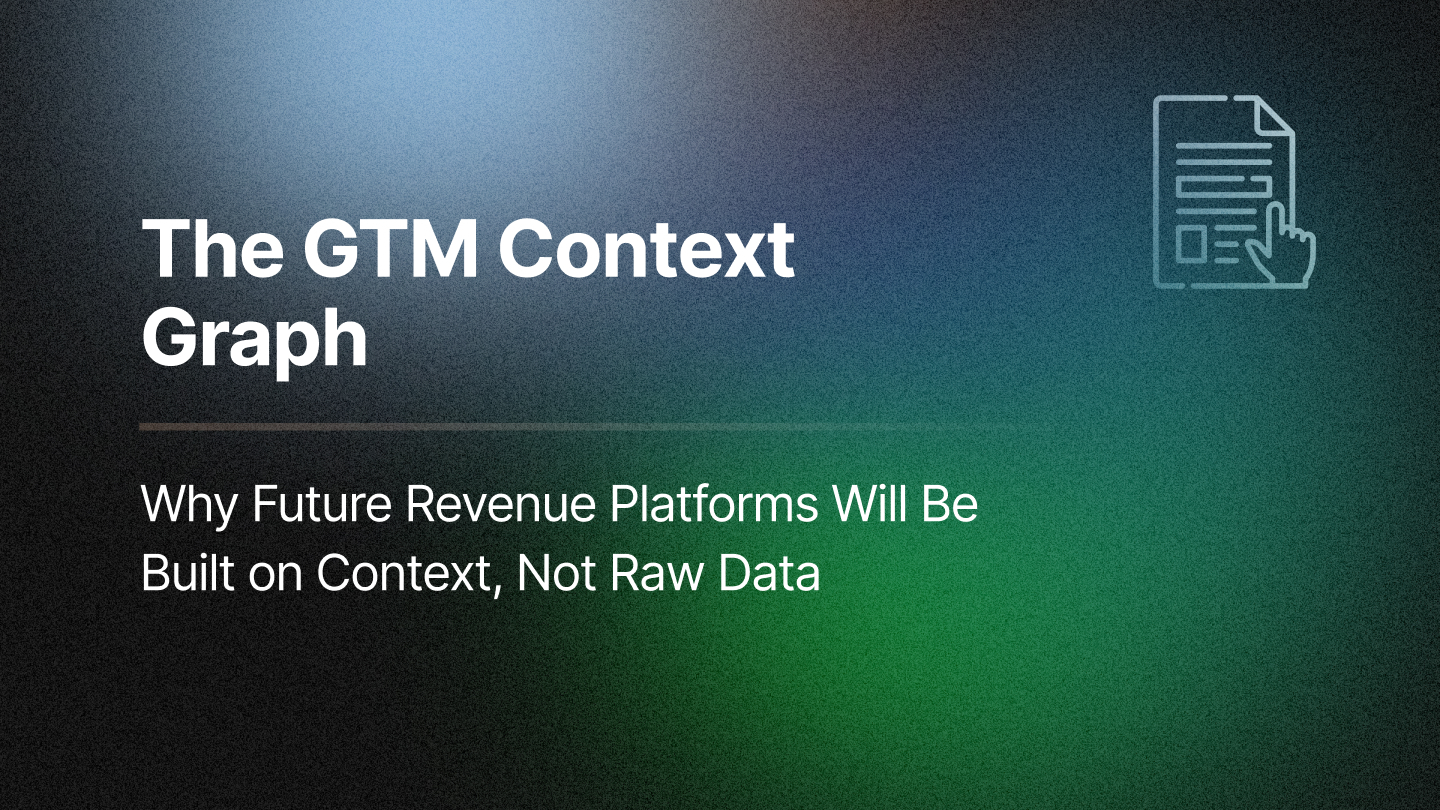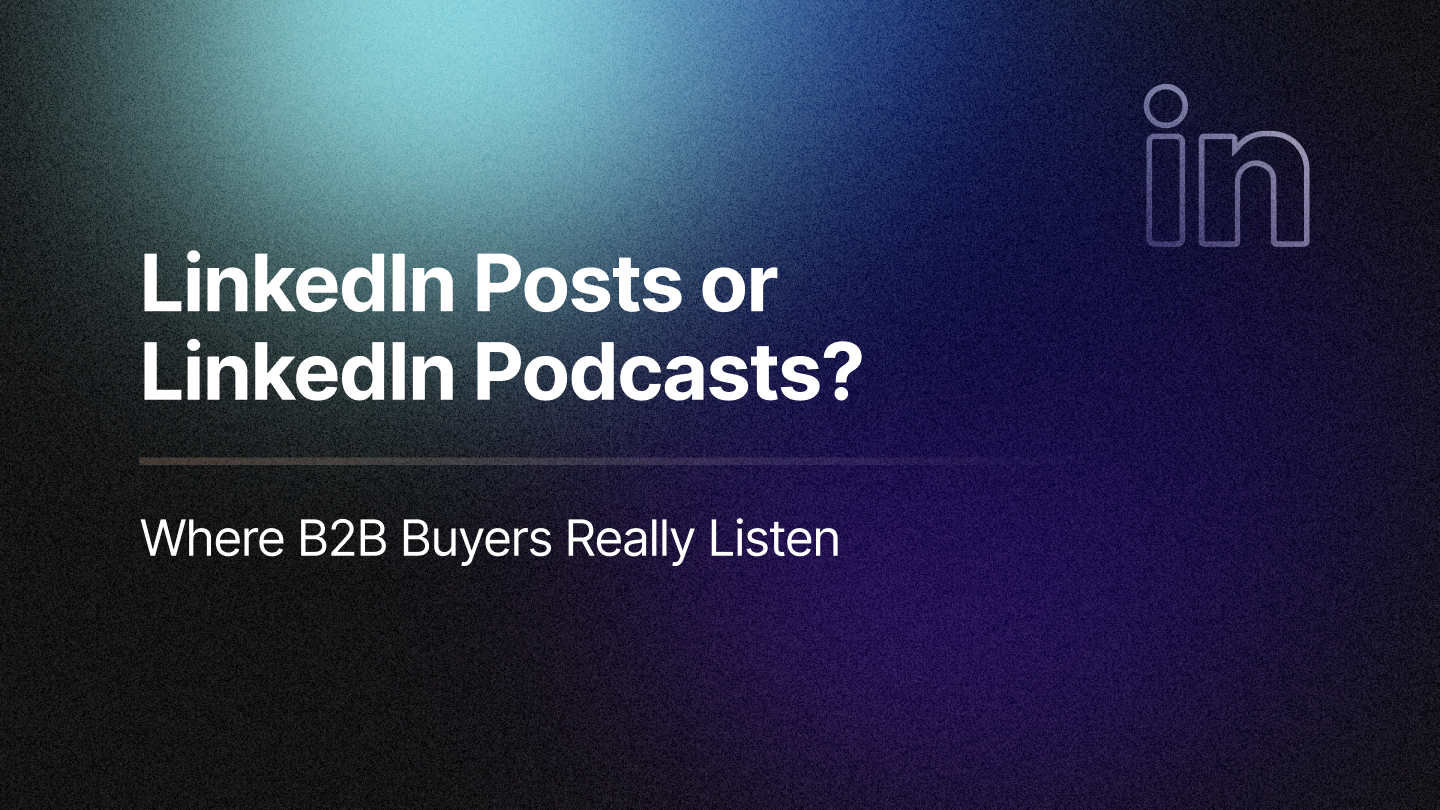Generative AI has quickly transitioned from experimental to essential in many B2B workflows, including how companies make purchasing decisions.
Recent research from Forrester reveals that 89% of B2B buyers now use generative AI as part of their procurement process. That number alone should catch every marketer’s attention. It confirms what many of us have suspected: AI isn’t just supporting internal productivity. It’s actively shaping how purchase decisions are made, from vendor evaluation to RFP development to internal alignment.
For marketing and revenue teams, this shift alters how we approach discovery, content delivery, buyer engagement, and attribution. Much of the traditional journey, especially in early and mid-stages, is being compressed, rerouted, or completely hidden from view.
This blog examines how generative AI is transforming B2B procurement cycles and explores strategies for marketers to remain discoverable, influential, and measurable in this evolving environment.
The Research Phase Has Gone Underground
Historically, B2B buyer journeys followed a predictable arc: discovery via search or events, mid-funnel content engagement, a demo request, followed by sales-led qualification and progression. While still structurally true, what has changed is where and how early-stage research occurs.
Today’s buyer often begins with a GenAI tool. Instead of browsing vendor websites or downloading assets, they ask ChatGPT to compare platforms. They paste technical documentation into Claude for summarization. They use Gemini to build internal business cases or draft implementation questions for stakeholder meetings.
That first layer of education, traditionally owned by marketing, is now mediated by a language model. Buyers arrive at your site already familiar with your features, pricing model, and differentiators. And if they don’t, it might mean your content wasn’t accessible, or wasn’t clear enough, for the AI to surface it in the first place.
The Buyer Is Still in Control
What makes this shift particularly important is how it reinforces a broader trend we’ve seen for years: the move toward buyer-led journeys. Generative AI doesn’t create this independence; it accelerates it. Buyers no longer need to engage with sales to learn about a product. They don’t have to register for gated content to get insights. They can remain anonymous for longer and still progress through key stages of evaluation. That anonymity has real implications for marketing teams.
Influence is happening before intent is visible. Messaging is being interpreted, and sometimes repackaged, without your input. Even highly motivated prospects may not enter your funnel until they’re nearly ready to make a purchase.
As a result, marketing can’t just focus on capturing demand. It must also shape it, often behind the scenes, actively.
How AI is Reshaping Buyer Expectations
From what we’re seeing across marketing teams, GTM leaders, and RevOps functions, AI isn’t just speeding up the process; it’s raising the bar.
Buyers now expect information to be:
- Easy to summarize
- Structured and scannable
- Consistent across channels
- Available without friction
- Useful for internal alignment
If your content doesn’t meet those expectations, it may not be referenced by GenAI tools, and it may not be included in the buyer’s shortlist. For many teams, this isn’t a content problem; it’s a content formatting and accessibility problem.
What This Means for Content Strategy
We’ve all been focused on producing thought leadership, deep dives, and conversion assets. But now we need to ask a new question: is this content built for how people (and AI) actually consume it today?
That means shifting how we plan and structure content, leading with clarity and providing definitions and comparisons that are machine-readable, and creating versions optimized for AI summarization. And, in many cases, removing unnecessary barriers to access.
Some teams are beginning to publish both long-form and condensed versions of the same content, designed to serve both human readers and language models. Others are reworking their web architecture to make their core value propositions easier to surface in a GenAI response. Whatever the path, the goal is the same: make your content the trusted reference point, even when you’re not the one telling the story.
Rethinking Measurement and Attribution
The most challenging part of this evolution is measurement. When a buyer conducts research within ChatGPT, there’s no clickstream, no cookie, and no attribution trail. However, if they return two weeks later and request a demo, having been influenced by an AI-generated summary of your product page, you still want to understand what prompted them to take that action.
That’s why we need to think in terms of influence, not just interaction. Teams are beginning to track:
- Branded search trends as a proxy for earlier unseen research
- Account-level engagement rather than individual MQL activity
- Content-assisted pipeline velocity instead of raw downloads
- Opportunity creation tied to early-stage content consumption
It’s not perfect, but it helps paint a more realistic picture of how marketing is shaping buyer behavior—even when that behavior is more challenging to observe.
How We’re Adjusting (and What You Can Do)
In our own work and conversations with RevSure customers, we’ve seen several strategies emerge as effective responses to this new AI-augmented landscape.
First, content formatting matters more than ever. That means using headers that reflect actual buyer queries, summarizing key points early, and avoiding lengthy introductions that obscure your differentiation.
Second, teams are re-evaluating what they gate. For high-value educational content, especially anything GenAI might want to reference, keeping it publicly accessible often drives better downstream results.
Third, RevOps and marketing teams are collaborating more closely on measurement. Instead of relying solely on top-of-funnel metrics, they’re looking at the impact of content on deal acceleration, expansion success, and late-stage conversion.
None of this is revolutionary on its own. However, taken together, it represents a smarter, more realistic approach to marketing in an environment where the buyer is informed, AI-assisted, and largely invisible for most of the journey.
How RevSure Helps Connect the Dots
While we can’t track what buyers are asking inside ChatGPT, we can track what happens when they become visible again. That’s where RevSure comes in.
RevSure helps you identify which content influenced opportunity creation, even when that influence didn’t come through a traditional ad click or form fill. It stitches together website behavior, CRM updates, and third-party signals to provide a clearer view of how buyers move from research to revenue.
It also allows teams to evaluate content performance not just by downloads or page views, but by what matters—pipeline impact. Which assets are appearing in deals that close faster? Which topics are helping accounts move from awareness to SQL?
These insights help you create more of what works, retire what doesn’t, and defend your marketing budget with data that reflects the way buyers actually buy.
Closing Thoughts
This shift toward GenAI-assisted buying isn’t theoretical. It’s active. It’s measurable. And it’s already affecting how vendors are discovered, evaluated, and selected.
As marketers, our job isn’t just to adapt to this change. It’s about anticipating it and building strategies that meet buyers where they are, even if that’s inside an AI interface we don’t control. That starts with content that’s clear, accessible, and designed to be interpreted by both humans and machines. It continues with measurement models that reflect influence, not just interaction.
And it comes to life through systems like RevSure that help you connect what’s being created with what’s converting.
We may no longer control every step of the buyer's journey. But with the right foundation, we can still shape it.
Related Blogs







